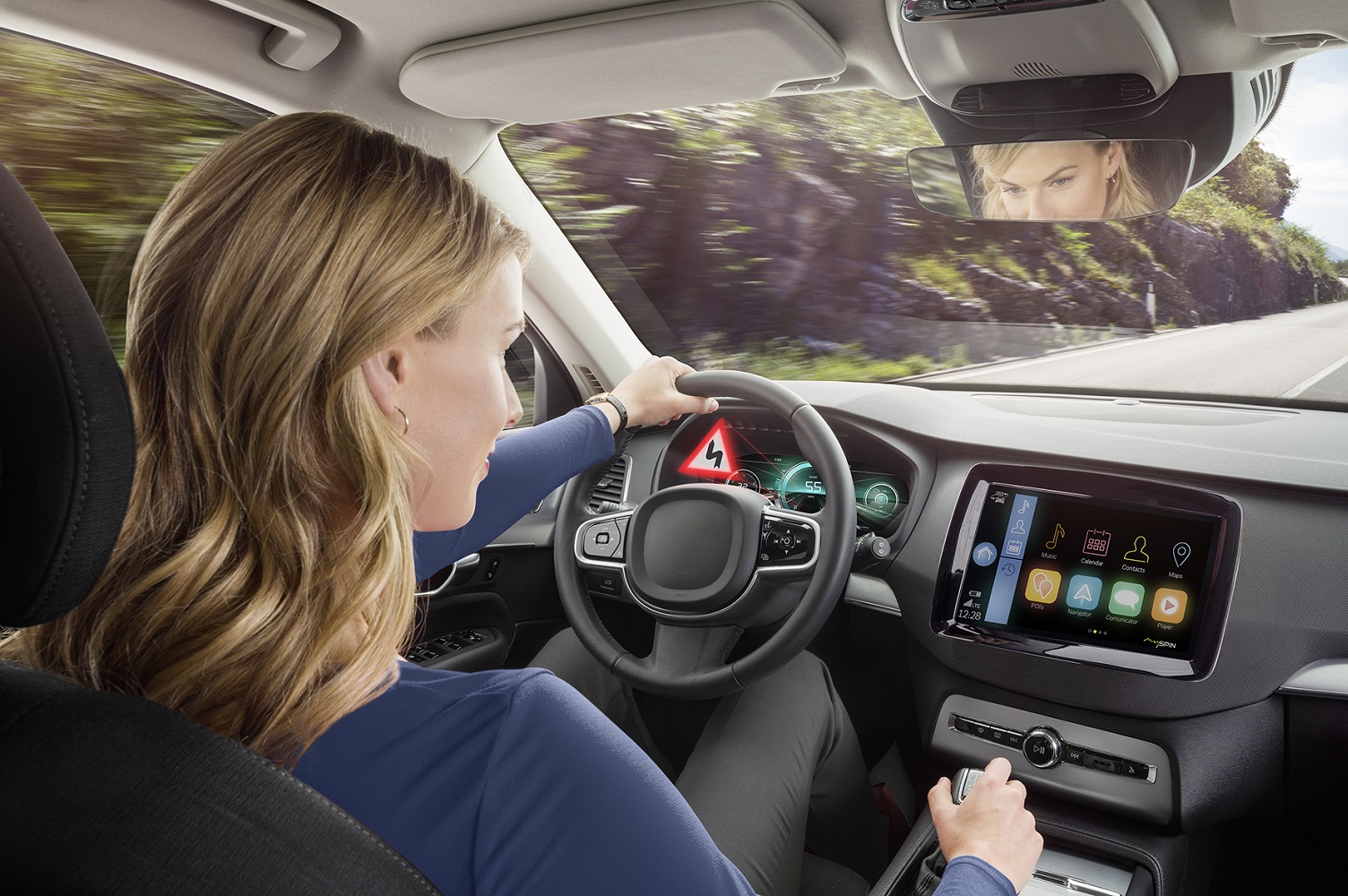Bosch helped Audi create the stunning digital instrument cluster introduced in 2014 in the third-generation TT. As rivals catch up, the company is already working on a new, more interactive generation of displays that will present information in 3D. Don’t worry: You won’t be required to wear special glasses before you take a seat behind the wheel.
The feature relies on passive 3D technology, so the driver can see messages and icons in three dimensions without wearing glasses, or using eye-tracking technology. Passive 3D technology essentially blends two frames into one, and it was often used by television manufacturers until they stopped supporting 3D, so it needs to be fine-tuned before it’s put in a car, not created on a completely blank slate. This makes Bosch’s vision of a 3D instrument cluster much more realistic, and considerably closer to production than it might sound.
3D is awesome when you’re watching Jurassic Park, but what purpose does it serve in a car’s dashboard? Bosch’s research shows drivers view and interpret crucial information faster when it’s presented in 3D than when it’s shown on a conventional screen. Motorists have a more accurate view of what’s behind them if their car’s rear-view camera provides 3D footage, for example. Information about an upcoming traffic jam or an imminent collision could be shown in 3D, too. And, looking further ahead, 3D graphics could tell the driver of a semi-autonomous car to take the wheel.
“The display’s depth of field means drivers can grasp important visual information faster, whether from an assistance system or a traffic-jam alert. Alerts that seem to jump out of the display are much more obvious and urgent,” Steffen Berns, the president of Bosch’s car multimedia division, explained in a statement.
Some cars already use 3D technology. Automakers are gradually adding 3D maps to their navigation systems to help motorists get from point A to point B without getting lost. The 3D layer brings buildings and other landmarks to life, which makes it easier to figure out where to turn. We expect this feature will become increasingly common during the 2020s.
Bosch doesn’t make cars, it never has, so when you’ll be able to buy a car with a full, 3D-enabled instrument cluster depends on the automakers it works with. The company wrote that it’s ready to fill just about any order, whether it’s a screen that’s small and flat, one that’s curved, one that’s round, or one shaped like a hexagon. We’ll learn more about what the future holds for this technology during the 2019 Frankfurt auto show opening its doors in September.





